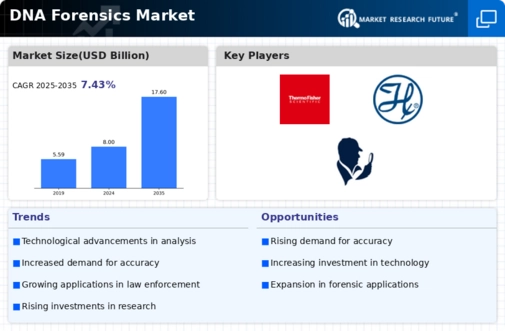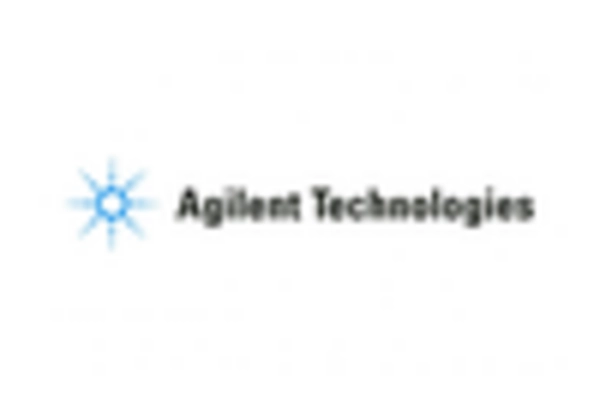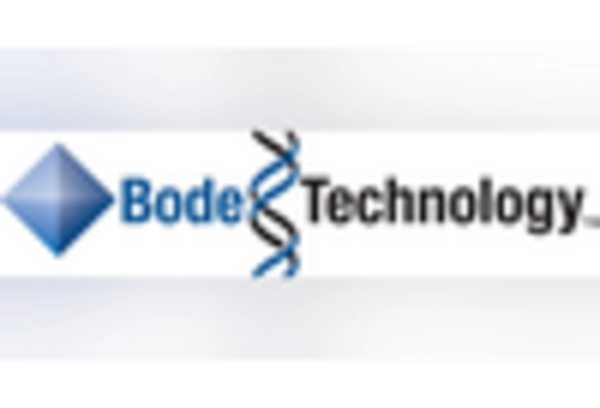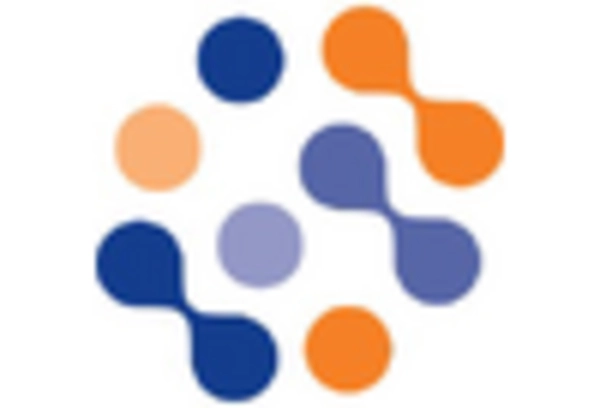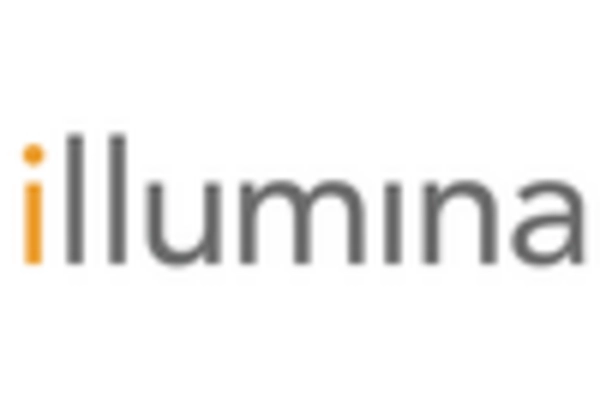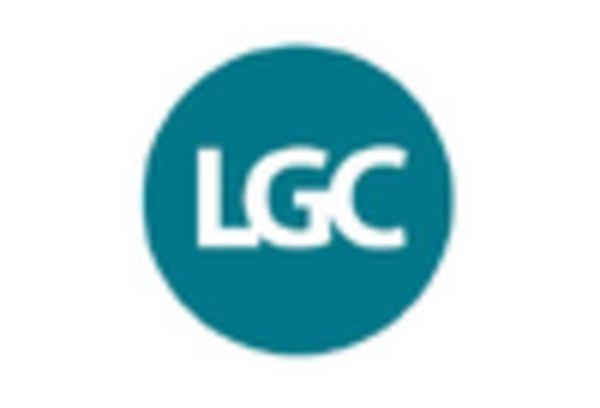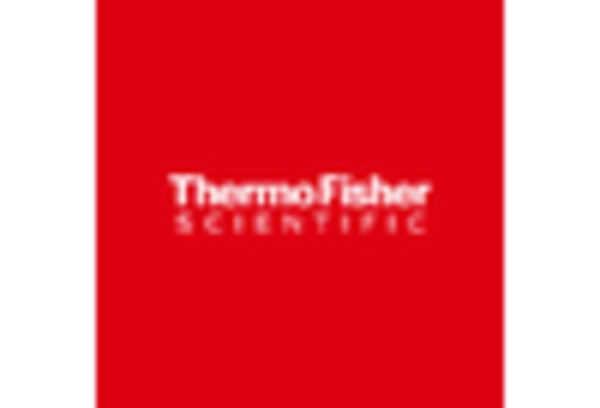Rising Crime Rates
The increasing incidence of crime, particularly violent crimes, has propelled the demand for advanced forensic technologies. As law enforcement agencies seek to solve cases more efficiently, the DNA Forensics Market is experiencing significant growth. In recent years, the number of homicides and sexual assaults has risen, leading to a greater reliance on DNA evidence for investigations. This trend is expected to continue, with the market projected to reach a valuation of approximately USD 3 billion by 2026. The need for accurate and reliable forensic analysis is paramount, as it not only aids in solving crimes but also in exonerating the innocent, thereby enhancing the credibility of the justice system.
Public Demand for Justice
The growing public demand for justice and accountability is a significant driver of the DNA Forensics Market. As society becomes more aware of wrongful convictions and the limitations of traditional investigative methods, there is an increasing expectation for law enforcement to utilize advanced forensic techniques. This demand is prompting agencies to adopt DNA analysis as a standard practice in criminal investigations. Public advocacy groups are also playing a role in pushing for reforms that prioritize the use of DNA evidence. Consequently, the market is likely to experience sustained growth, as the integration of DNA forensics into the justice system becomes more prevalent. This societal shift not only enhances the effectiveness of investigations but also fosters public trust in the criminal justice system.
Technological Innovations
Technological advancements in DNA analysis techniques are transforming the DNA Forensics Market. Innovations such as next-generation sequencing and rapid DNA testing are enhancing the speed and accuracy of forensic investigations. These technologies allow for the analysis of smaller DNA samples, which is particularly beneficial in cases where evidence is limited. The market is witnessing a shift towards automation and integration of artificial intelligence, which streamlines the analysis process and reduces human error. As these technologies become more accessible, the market is expected to expand, with a projected growth rate of over 10% annually. This evolution in technology not only improves forensic outcomes but also increases the efficiency of law enforcement agencies.
Legal and Regulatory Frameworks
The establishment of stringent legal and regulatory frameworks surrounding DNA evidence is a crucial driver for the DNA Forensics Market. Governments are increasingly recognizing the importance of DNA analysis in criminal justice, leading to the implementation of laws that mandate the use of DNA evidence in certain cases. This regulatory push is fostering a more standardized approach to forensic analysis, ensuring that laboratories adhere to best practices. As a result, the market is likely to see an influx of funding and resources directed towards enhancing forensic capabilities. The alignment of legal standards with technological advancements is expected to bolster the credibility of DNA evidence in court, further driving market growth.
Increased Investment in Forensic Science
There is a notable increase in investment in forensic science, which is significantly impacting the DNA Forensics Market. Governments and private entities are allocating more resources towards research and development in forensic technologies. This influx of funding is facilitating the development of innovative solutions that enhance the accuracy and efficiency of DNA analysis. Furthermore, partnerships between academic institutions and forensic laboratories are fostering knowledge exchange and technological advancements. As the demand for forensic services rises, this investment trend is likely to continue, with the market projected to grow at a compound annual growth rate of around 8% over the next five years. This financial commitment underscores the critical role of forensic science in modern law enforcement.


